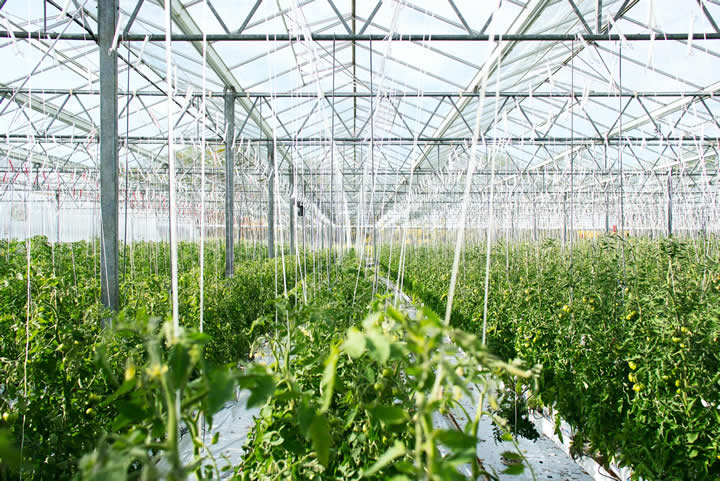Using transparent solar power for cultivating crops

Recent scholarly research highlights the economic and environmental costs associated with greenhouse crop cultivation. However, because greenhouses are crucial for increasing product yield in tightly controlled climates, it’s not a cultivation technique farmers can live without. To shed light on the issue, transparent organic photovoltaic solar innovator NextGen Nano has released an infographic highlighting how the production of solar-powered glazing for greenhouse windows can help contribute to a sustainable future.
NextGen Nano’s infographic demonstrates how growers can generate electricity and simultaneously cultivate crops while reducing their environmental impact. A recent report published in 2021 outlines how organic solar glazing in greenhouses can fulfil the high electricity demands, while not reducing the crop yield.
“Greenhouses are used in crop cultivation because they increase product yield in tightly controlled climates. However, windows often have poor thermal insulation, so heating and ventilation systems must be installed to help maintain optimal conditions,” explained Franky So, CTO of NextGen Nano.
“Along with lighting systems, this leads to unsustainable energy consumptions and costly energy bills. University research has supported this, with a recent video by the University of Michigan claiming energy usage is the second largest operational expense in commercial greenhouse crop cultivation. This infographic will help growers identify how they are able to manage the energy demands in their greenhouses without sacrificing crop yield,” continued So.
Experiments conducted by NCSU and NextGen Nano, use organic solar cells with specific optical coatings to filter out the wavelengths of light used to generate solar power. Controlling the light transmission in certain parts of the solar spectrum can manipulate the chlorophyll content and the crop growth, while generating electricity to provide lighting the greenhouse for crop growth.
NextGen Nano has also developed a patented transparent organic photovoltaic (OPV) device, PolyPower®, that can be used in the next generation of solar power. This technology is highlighted in the new infographic and is made from flexible, durable, Earth-friendly biopolymers. The aim of this technology is to replace the traditional brittle solar cells made from toxin-heavy metals, like lead perovskites.
NextGen Nano is a London-based technology company specialising in sustainable applications for nanotechnology. To download a free copy of the infographic and to learn more about the company’s research into OPV and Organic Light Emitting Diode (OLED) technology, click here.
Comments (0)
This post does not have any comments. Be the first to leave a comment below.
Featured Product

